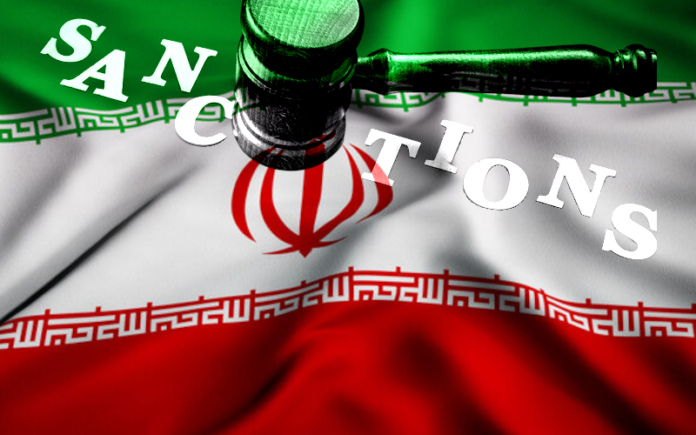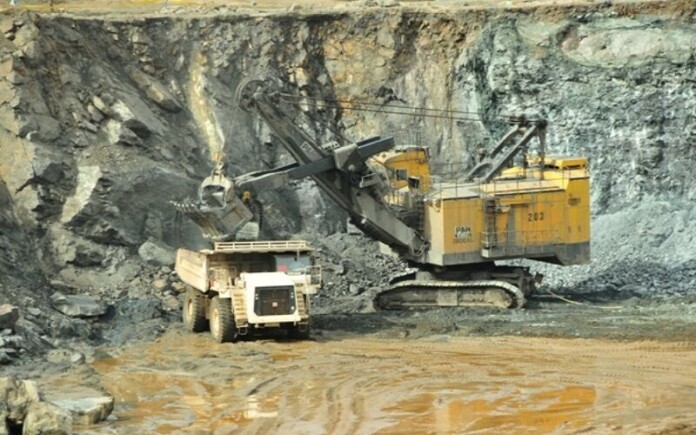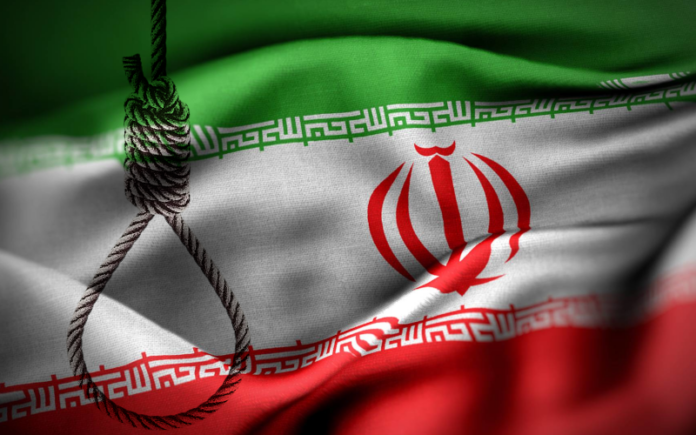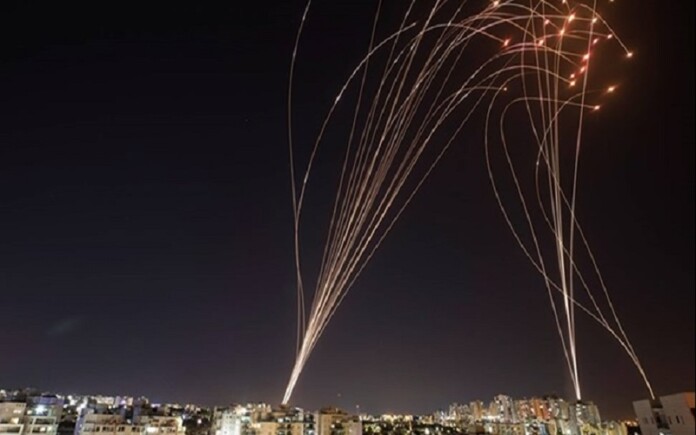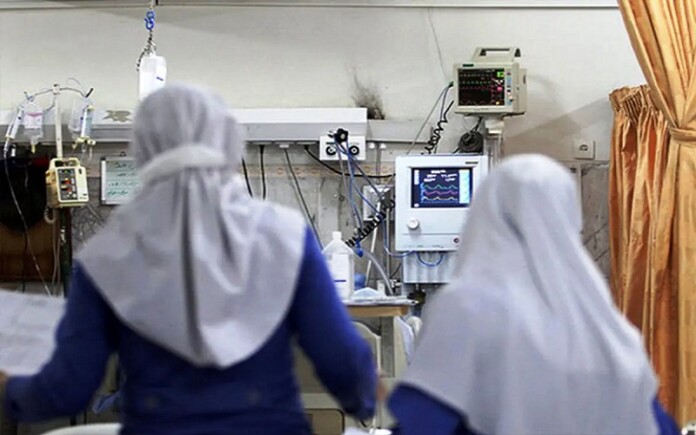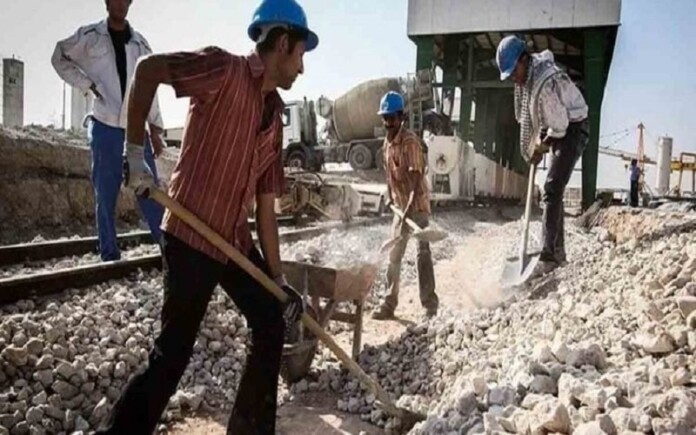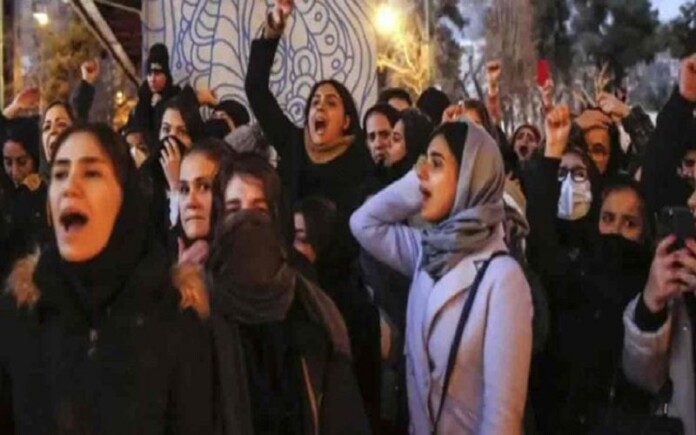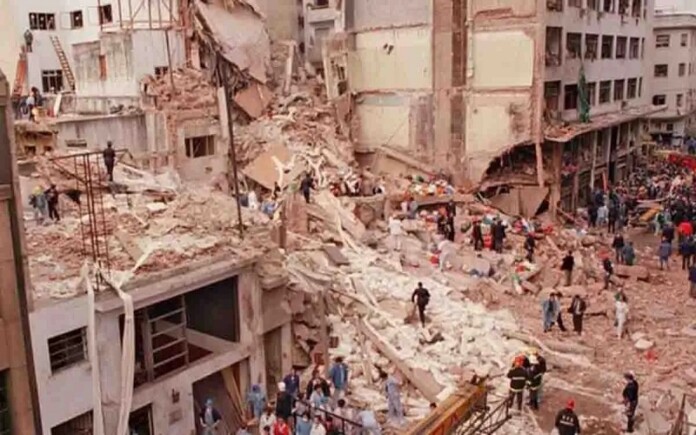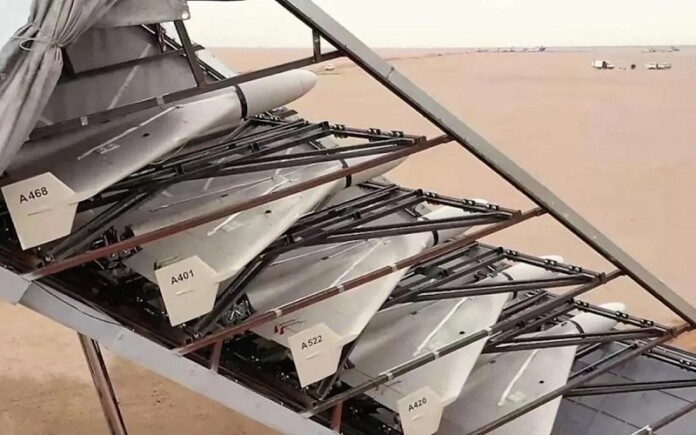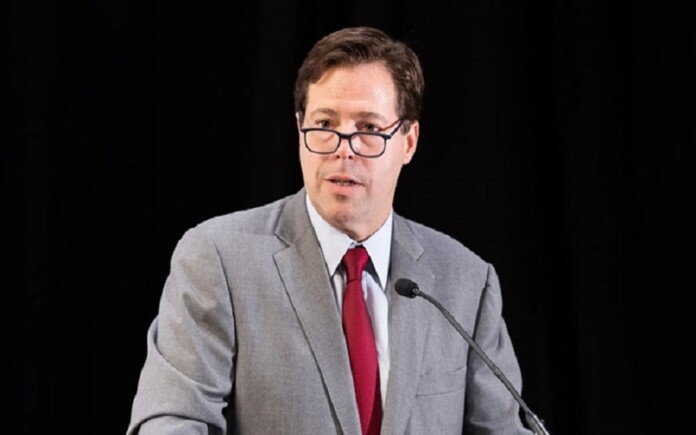The lack of equipment, specialized doctors, and improper distribution of medical and specialist facilities continue to plague Iran’s health system.
Despite adding about 50,000 hospital beds in the last decade, the number of beds per thousand people is less than 2.
While the global average is 3.1 hospital beds per thousand people, this number is much higher in high-income countries like Japan and South Korea, with 10 beds per thousand people.
Insufficient Hospital Bed Capacity
According to government reports, between 2013 and 2020, around 56,000 hospital beds were added to the country’s treatment capacity.
However, this was not enough to overcome the shortcomings, and hospitals are still witnessing an influx of patients from cities to provincial centers.
Most hospitals in major provincial centers like Tehran and Mashhad are overwhelmed, with families waiting outside to find a bed for their loved ones.
Lack of Equipment and Specialists
Part of this challenge is related to the lack of equipment and specialists in city hospitals. Surprisingly, some reports indicate the opening of new hospitals unable to provide services due to a lack of facilities.
Ali Jafarian, the former president of Tehran University of Medical Sciences, stated, “Check how active the hospitals opened in the last two years are. For the first time in history, Tehran University of Medical Sciences announced that every nurse who applied would be hired directly, but even that resulted in very little hiring of nurses.
“Currently, in one of the mega-hospitals opened in Tehran, there is a department that has residents and attendants, but no nurses, and the department has been closed. We have an operating room and medical staff, but there are no nurses, a situation that exists in many hospitals in the country, and it is not possible to provide services.”
Declining Hospital Bed Ratio
According to the World Health Organization, the number of hospital beds in Iran in 2000 was 5.1 per thousand people. By 2006, this figure reached 7.1, but in the next two years, it decreased to 3.1.
And according to the deputy minister of health in September 2016, this per capita was 1.5 beds per thousand people. It means that the country’s per capita hospital bed situation has experienced difficult conditions and no progress from 2000 to 2016.
Current Hospital Bed Ratio
At the same time, while the regime claims to have added hospital beds until the end of 2020, the current Deputy Minister of Health, Saeed Karimi, stated, “We now have about 160,000 hospital beds, and we have a population of 85 million. If we divide these two numbers, it will be 1.88 or 1.89 per 1,000 people.”
Shortage of Hospital Beds
Different numbers have been raised about the lack of hospital beds and the number of worn-out beds. However, various news reports and quotes suggest a shortage of 60,000 to 100,000 hospital beds.
Additionally, as the Deputy Health Minister told ILNA last year, “We have 155,000 worn-out hospital beds in the country.”
Brain Drain and Medical Crisis
All these deficiencies and embarrassing statistics are compounded by Iran’s catastrophic brain drain and the exodus of nurses and doctors from the country, definitely adding to the country’s medical crisis.
According to the regime’s media in the healthcare field, the country is losing its dignified position in the region and the world.
Comparison with Other Countries
A review of the situation in other countries confirms that Iran’s position is not dignified. According to the Ministry of Health, there are about 3 beds per thousand people in the countries of the region. This figure is 5 in Europe and 10 beds per 1,000 people in countries like South Korea and Japan.
Future Plans and Concerns
The regime’s Ministry of Health believes that by the end of the 7th Development Plan (March 2029), this per capita should be increased from the current figure of 1.88 to 2.5 beds per thousand people. However, this is definitely insignificant and will not compensate for the deficiencies.

